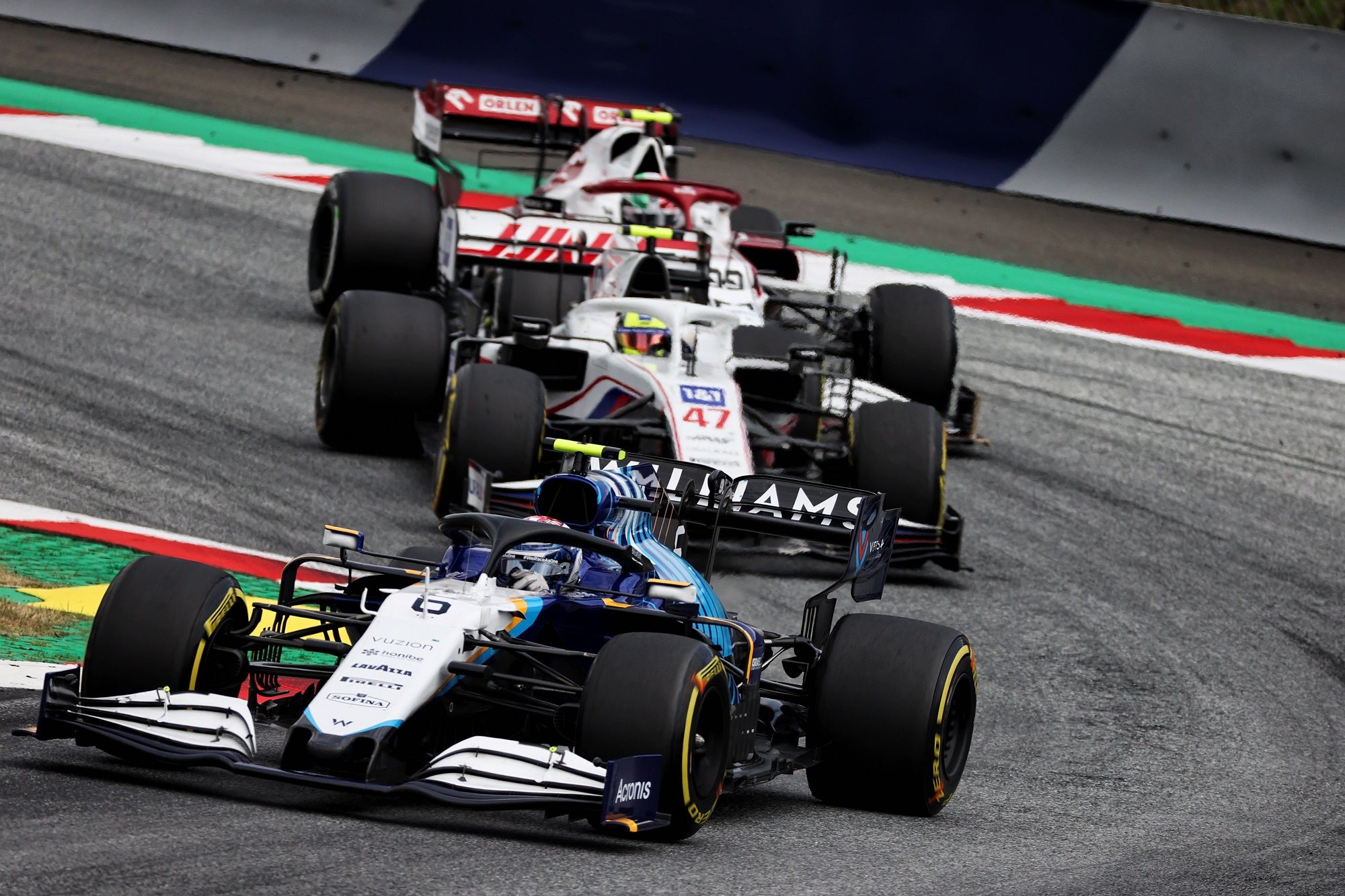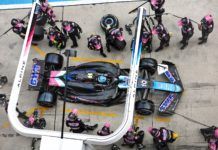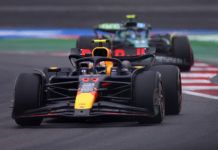Dave Robson believes Williams can overcome their set-in-stone wind tunnel time disadvantage to Alfa Romeo and Haas by becoming smarter and more efficient.
Williams are facing the prospect of less wind tunnel and CFD usage time compared to both Alfa Romeo and Haas for 2022 F1 season, as the amount of time teams are each allowed to spend testing potential new components in the wind tunnel is regulated by a sliding percentage scale.
Since 2021, the position of a team in the constructors’ championship the season before influences the amount of time the team is subsequently allowed testing parts in the wind tunnel. The further towards the back of the order the team was the year before, the more time they are allowed in the first half of the year before the order is reset.
The Dorilton Capital-owned team, which completed its first full season in the sport under new management in 2021, fared markedly better than in the three seasons prior. From 2018 to 2020 Williams rounded out the field in 10th place, so in 2021 the team were allowed 112.5% wind tunnel time, in comparison to Mercedes’ 90%.
Fifth place in the standings is counted as 100%, so in the first half of 2021 Alpine (due to Renault’s performances in 2020) were permitted this percentage, which adds up to around five more tunnel sessions than Williams.
It may not sound like a huge difference between those two teams but the restrictions bring to an end the days of constant tunnel testing where aerodynamicists would try every possible configuration of an aerodynamic component they could in hope of finding an advantage. The restrictions will lead to a reduced understanding of the car’s airflow and the directions of the major vortices, which is something that should lead to a tightening of the order and less scope for teams to copy another teams’ new idea.
During the 2021 season Williams improved to eighth in the standings, reducing their wind tunnel time for future projects. The greater rewards financially of improving your place in the Constructors’ standings should counteract this though somewhat and for the team it was a bittersweet situation where they lost wind tunnel and CFD time especially for the 2022 season where everything is new and wind tunnel comes in handy.
However, Williams Head of Vehicle Performance, Robson, is confident though that the difficulties posed by the restrictions will be overcome and aren’t a cause for concern. “You would want all of the wind tunnel and CFD time that you can [manage] but I think it just means you now just have to be a little bit smarter about how you use your time, be a little bit more efficient, in terms of the bits you choose to test and be a little bit smarter.
“Actually that may take a short amount of time to get our heads around, but actually and probably, it would do us a world of good because you will become efficient and the design of the experiment will be to get the most useful results from every bit of wind tunnel time.
“I think it’s something that we need to take on and accept that we will get better as a result. So it’d be a little bit of short term pain, but it will be something that will be better in the end,” summed up Robson when asked by FormulaRapida.net.
The article was written by Danny Herbert
Here’s Alfa Romeo on losing to Williams
Here’s Williams on banking on Pirelli’s data for 18-inches tyres
Here’s Williams and ROKiT in their sponsorship case
Here’s Dave Robson on Nicholas Latifi
Here’s Williams on set plan with Alex Albon plus Logan Sargeant’s test



















